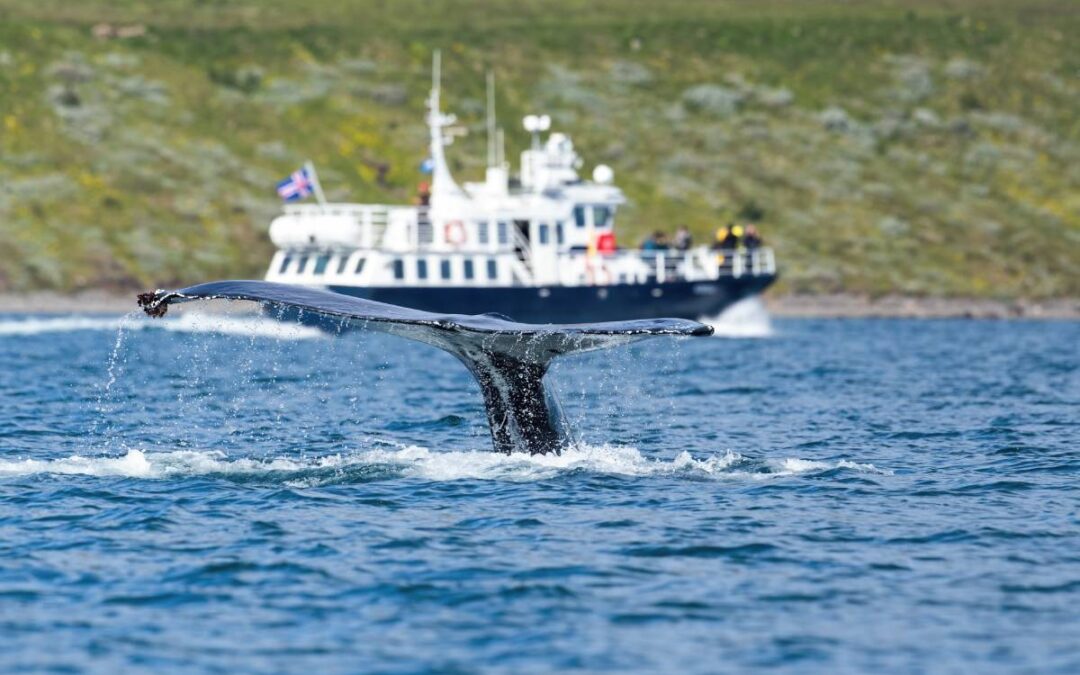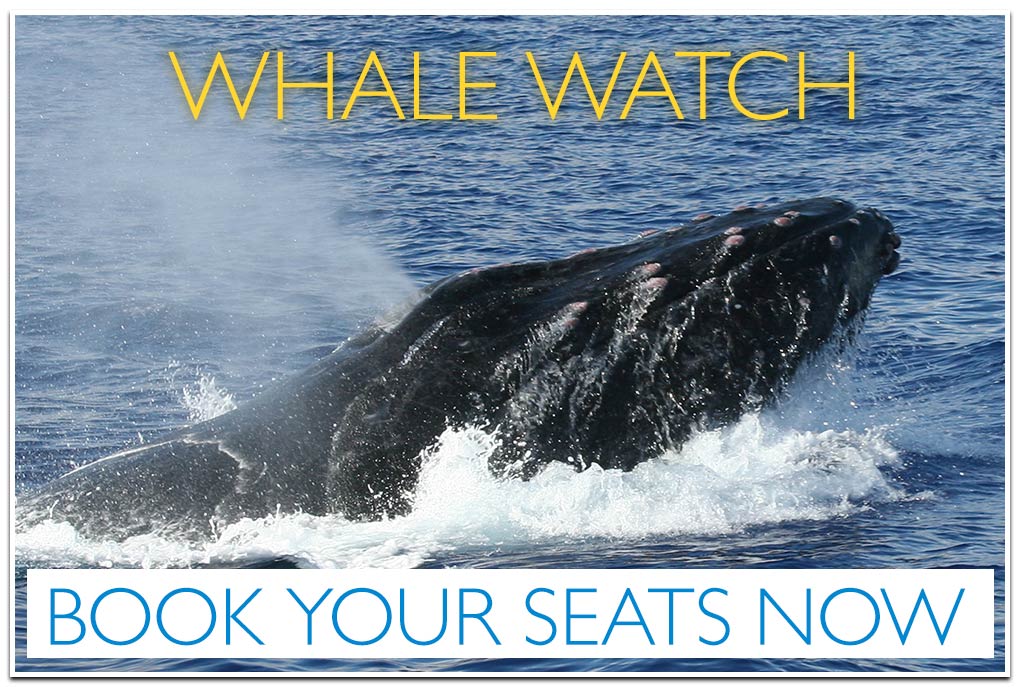Planning a whale watching excursion is an exciting prospect, but many wonder about the realistic probability of actually encountering these magnificent marine mammals during their tour. Sighting likelihood becomes particularly important when investing time and money in an experience centered explicitly around whale watching. Whether you’re booking Maui whale watch tours during Hawaii’s peak humpback season or considering a Lanai dolphin cruise that includes whale watching opportunities, understanding the factors that influence sighting success helps travelers choose the right activities for them.
Keep in mind that no reputable operator can guarantee wildlife encounters; certain variables dramatically impact the probability of seeing whales. Season, location, weather conditions, captain experience, and even the whale species you hope to glimpse all contribute to the likelihood.
Season and Migration Patterns
The primary determining factor for whale sighing is the season. Timing your adventure during the right season when whales inhabit the waters you’re visiting is going to make all the difference. Whales follow predictable migration patterns, making it possible to plan your trip during a peak whale season. Hawaii’s peak season extends from mid-January through mid-March when whale populations reach maximum density in Hawaiian waters. During these months, the probability of sighting whales on dedicated whale watch tours is exceptional, with many days producing 100% success rates. The whales remain through April, with numbers declining as they begin their migration back to Alaska. Booking during any off-season considerably reduces the likelihood of sightings compared to peak periods. Off-season tours, however, may offer a few advantages, including lower prices and smaller crowds.
Species Specific Patterns
Different whale species exhibit varying degrees of predictability regarding their behavior. Humpback whales are typically the primary focus of many Hawaiian whale watching tours, following highly reliable seasonal patterns. Gray whale migration follows equally predictable patterns, with whales traveling close to shore in many areas. The proximity increases sighting reliability and often allows viewing from shore, though boat-based tours provide a much better perspective and encounter opportunity.
Orcas inhabiting the Pacific Northwest offer year-round sighting possibilities, but with greater day-to-day variability than migrating species. Blue whales, fin whales, and other baleen whale species that don’t migrate to specific breeding grounds show less predictable patterns.
Weather and Sea Conditions
Weather conditions do not influence whether whales are present, but they do influence your ability to see them. Calm seas with good visibility create excellent sighting conditions, while rough weather and poor visibility reduce detection probability even when whales are nearby. Wave activity, wind conditions, rain, fog, and sun glare all contribute to whale sighting likelihood.
Boat Configurations
Large boats carrying many passengers provide stability in rough conditions, but the crowd size limits movement when whales are sighted. Medium-sized vessels balance stability with mobility. They can reposition quickly when whales are sighted while maintaining enough stability for reasonable comfort in moderate sea conditions. Smaller boats offer maximum maneuverability and intimate experiences with less crowding, but experience more motion in rough seas.
Maximize Your Whale Watching Tour
When you book Maui whale watch tours between mid-January and mid-March, your chances of encountering humpback whales exceed 90% making this investment of time and resources highly likely to deliver the experience you are seeking. Even during less predictable seasons or with other whale species, choosing appropriate vessel sizes and monitoring weather forecasts before departure can improve your probability of successful sightings. No tour can guarantee wildlife encounters with these magnificent creatures; however, if you understand contributing factors, you may be able to stack the odds in your favor.
CTA: Book your whale watch tour today and get up close to these magnificent mammals.
Reference:
Wikipedia. (2025). Whale Watching.




